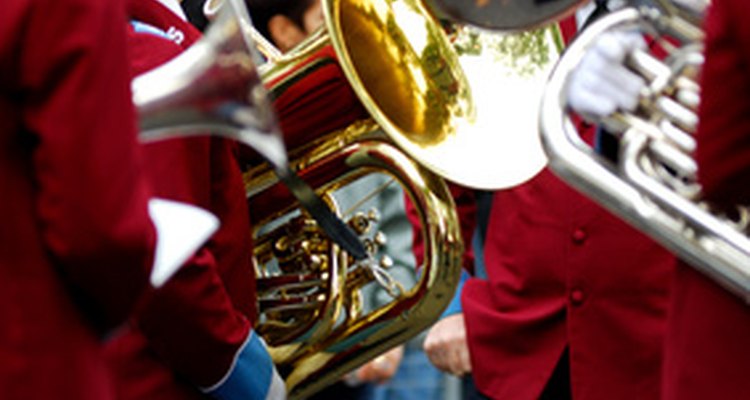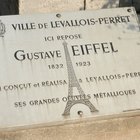
A ribbon cutting ceremony is an inauguration or opening ceremony, attended by special guests and enacted before an audience. In simple terms, it is a public acknowledgment that a building, business or other amenity is being opened for the first time. The cutting of the ribbon symbolizes the opening of a an entrance. There are many examples of buildings and businesses which might be opened by a ribbon cutting ceremony. These include new schools, hospitals and museums, commercial premises, military installations and even public rights of way.
Origins

The historical origins of ribbon cutting as a way of inaugurating a building or business seem to be unknown, although the practice has been common for over a century. Ribbons, however, have had wide cultural use as signs of prestige, being used to hang medals, worn as sashes, and applied as decorations to clothing or headgear. Ribbons, sometimes called "ribbons of honor," may be worn in lieu of medals or military decorations. Ribbons, therefore, have longstanding ceremonial significance.
The Ceremony
In the ceremony, the ribbon is strung across the entrance to the building or other facility to be opened, symbolizing a barrier. It is conventional to invite one or more special guests to cut the ribbon. These might include the owner or manager of a business, a local dignitary such as a mayor, or a celebrity. The ribbon cutting is an opportunity for applause and photographs. It often takes place against a background of celebratory music, and is almost always preceded by appropriate speeches. Ribbon cutting ceremonies are often planned as part of a program of festivities.
Publicity

The moment of ribbon cutting is not only a photo opportunity for guests; it can also serve to promote the business or facility being opened. Members of the press can take photos of the moment of cutting. The ceremony can also be recorded and broadcast. It thus adds memorable visual content to what might otherwise be no more than an announcement of an opening, and serves to attract media coverage.
The Scissors
The significance of the scissors used in the ceremony is easily overlooked. Although merely functional scissors are often used, it is possible to purchase special ceremonial scissors, and even have them engraved with a memorial of the occasion. The scissors, unlike the ribbon itself, are likely to be preserved and exhibited as a memento of the opening.
Similar Ceremonies
Similar types of inauguration ceremonies include turning soil at a new building site, laying the first stone of new construction, and breaking a bottle to launch a ship. In the latter case, ribbon again forms part of the ritual. The bottle--usually champagne--is strung on a length of ribbon and swung against the ship’s hull to shatter.
Related Articles

What Is the Origin of the ...

How to Stop Satin from Fraying

How to Attach a Garland to Reception ...

How to Conduct a Dedication Ceremony

Band Banquet Ideas

Tulle Wedding Decoration Ideas

The Difference Between a Corsage & ...

The History of Thank You Notes

Jewish Funeral Etiquette for Gentiles

How to Word a Commemorative Plaque

New Salon Design Regulations in ...

How do I Clean Silk Ribbon?

Methodist Wedding Ceremony Program

What Does Creative Black Tie Attire ...

The Common Procedures of a Catholic ...

How to Make a Chuppah

Plants That Heal Wounds

Types of Masonic Rings

The Greek Wedding Tradition of Breaking ...

What Is the Proper Placement of a Lapel ...
References
- "Special Events: Event Leadership for a New World"; Joe Jeff Goldblatt; 2005
Writer Bio
Kim Davis began writing in 1977. His articles have appeared in "The New Musical Express," "The Literary Review" and "City Limits," as well as numerous Web sites. Davis is the consulting editor for the "New York Times"/New York University collaboration, "Local: East Village." He has a Doctor of Philosophy in philosophy from Bristol University.
Photo Credits
grand opening sign image by robert mobley from Fotolia.com